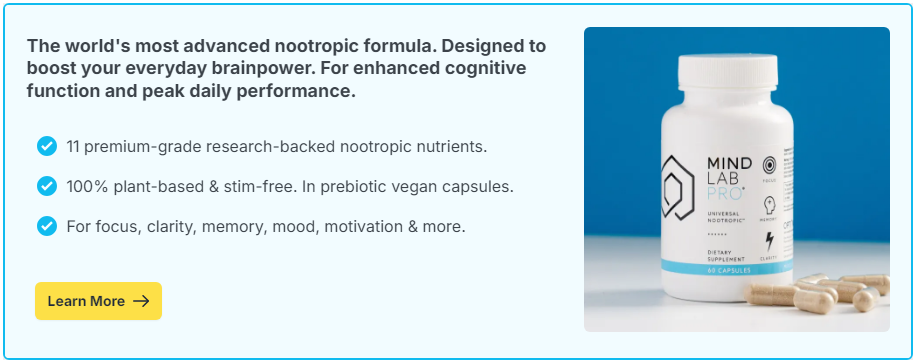
Yes, brief micro-naps of 10–20 minutes can improve learning efficiency by boosting alertness, enhancing memory consolidation, and restoring attention without the grogginess that follows longer sleep episodes.
Contents
Why Sleep Matters for Learning
Sleep is essential for brain health, and even small amounts can have an impact. During sleep, the brain consolidates memories, clears metabolic waste, and resets attentional systems. While full cycles of deep and REM sleep require hours, even short naps provide mini-refreshers for the brain. Micro-naps – naps lasting less than 30 minutes – are increasingly recognized as a tool to enhance learning efficiency, particularly for students and professionals facing cognitive demands.
The Science of Micro-Naps
Micro-naps generally last 10–20 minutes, which allows the brain to enter light stages of non-REM sleep without progressing into deeper slow-wave sleep. This is key, because waking from deep sleep often causes “sleep inertia,” the groggy, sluggish feeling that impairs mental performance. By staying within lighter sleep stages, micro-naps provide benefits such as increased alertness and improved reaction time without the downsides of longer naps.
Memory Consolidation Benefits
One of the strongest arguments for micro-napping is its effect on memory. Research suggests that even short naps can aid in transferring information from short-term storage in the hippocampus to longer-term networks in the neocortex. In one study, students who took 15-minute naps after studying performed better on recall tasks compared to those who stayed awake. While longer naps that include REM sleep may provide stronger consolidation effects, micro-naps still offer measurable advantages for learning efficiency in time-limited situations.
Micro-Naps and Attention Restoration
Fatigue and lapses in attention are major barriers to efficient learning. Studies in cognitive neuroscience show that brief naps restore the brain’s alerting systems, especially in the prefrontal cortex, which governs executive function and focus. This makes micro-naps particularly valuable during study marathons, long workdays, or monotonous tasks. Even a 10-minute nap can help reset the brain’s ability to sustain concentration and process information effectively.
Optimal Length of Micro-Naps
The effectiveness of a nap depends largely on its duration. General guidelines include:
- 10–15 minutes: Ideal for a quick boost in alertness, focus, and energy.
- 20 minutes: Balances alertness with initial memory benefits while avoiding sleep inertia.
- 30 minutes or more: May lead to grogginess unless extended into a full 90-minute cycle.
Thus, the “sweet spot” for micro-naps is typically between 10 and 20 minutes, maximizing benefits while minimizing downsides.
When to Take Micro-Naps
Timing also matters. The human circadian rhythm naturally dips in the early afternoon, around 1–3 p.m., making this window optimal for micro-napping. Naps taken too late in the day may interfere with nighttime sleep, which could harm overall memory and learning. For students, a midday nap after studying may provide just enough consolidation and attentional reset to improve later recall.
Practical Strategies for Effective Micro-Napping
- Create a nap-friendly environment: Use an eye mask, earplugs, or a quiet room to maximize rest during a short window.
- Set an alarm: Prevent oversleeping by setting an alarm for 15–20 minutes.
- Combine with caffeine: Some use the “coffee nap” method – drinking coffee right before a 15-minute nap – so the caffeine kicks in as the nap ends, enhancing alertness further.
- Practice consistency: Regularly incorporating micro-naps can train the brain to fall asleep quickly and wake refreshed within short timeframes.
Limitations of Micro-Naps
While beneficial, micro-naps are not a replacement for full nighttime sleep. Long-term memory consolidation, emotional regulation, and brain detoxification require extended sleep cycles including REM and slow-wave sleep. Overreliance on naps may mask chronic sleep deprivation, which is harmful to cognitive health. Additionally, not everyone finds it easy to fall asleep on demand, making micro-naps less practical for some individuals.
Applications Beyond Students
Micro-naps are not just for students; they are valuable in multiple contexts:
- Professionals: Workers in high-demand environments such as healthcare and technology use micro-naps to maintain peak performance.
- Athletes: Athletes incorporate micro-naps into training to enhance focus, coordination, and recovery.
- Military and aviation: Short naps are sometimes integrated into fatigue management protocols for soldiers and pilots who operate under sleep-restricted conditions.
Brief micro-naps can significantly improve learning efficiency by enhancing memory consolidation, restoring attention, and boosting alertness. While they cannot replace full sleep cycles, they serve as a powerful supplemental tool for students, professionals, and anyone facing high cognitive demands. When used strategically – especially in the 10–20 minute range – micro-naps are a simple, practical, and science-backed way to support brain performance.

